San Francisco is a city of hills, bridges, and colors-an urban tapestry of diverse neighborhoods connected by a winding network of streets and public transport. Located on a peninsula between the Pacific Ocean and San Francisco Bay, it draws millions to its coastal scenery, historic sites, and distinctive city planning. For anyone arriving here with curiosity about its landmarks, culture, and efficient ways to get around, this guide offers clear tips and insights. Whether you travel from the nearby international airport or arrive by train, you’ll find San Francisco’s transport system both a practical tool and a part of the city’s character.
Table of Contents

Getting Into San Francisco from Airport and Train Stations
Most visitors land at San Francisco International Airport (SFO), roughly 13 miles south of downtown. The Bay Area Rapid Transit system-known as BART-is the fastest way to reach the city center. From the airport station, a direct BART train heads north through colorful stations, crossing under the bay through the Transbay Tube before arriving at stops like Embarcadero or Montgomery Street. A typical trip takes around 30 minutes.
After discovering San Francisco’s vibrant transport and neighborhoods, consider visiting Nice to enjoy a blend of historic charm and seaside culture.

For those arriving by train, the main terminal is at the Caltrain station in the SoMa (South of Market) district. This hub connects the peninsula’s suburbs to San Francisco and offers easy transfers to buses or the Muni Metro light rail. The Muni network blankets the city with trams and buses stopping frequently, though some routes can be hilly or winding.

Iconic Landmarks and Their Urban Setting
No mention of San Francisco could skip the Golden Gate Bridge. This famous red-orange suspension bridge spans 1.7 miles across the bay’s entrance. Walking or biking across reveals striking views of the Pacific, Alcatraz Island, and the city skyline. Local lore says the bridge’s color-“International Orange”-was chosen partly because it stands out amid fog, a frequent city visitor.
If you want to appreciate the iconic Golden Gate Bridge beyond just viewing it, visiting the Golden Gate Bridge San Francisco guide offers tips on walking, cycling, and nearby highlights.

Another urban monument is the cable car system, dating from the late 19th century. These historic cars climb steep hills using a unique underground cable mechanism. Catching a ride from Powell Street to Fisherman’s Wharf offers both convenience and a sense of history. Keep in mind, queue times can be long at busy hours, but it’s a practical way to navigate the city’s sloping terrain.

Nearby, the Painted Ladies-Victorian houses perched against a backdrop of skyscrapers-represent architectural resilience. This block at Alamo Square is popular for photographs, especially during sunset when the fading light warms their decorated facades.

Finding Less Obvious Corners and Cultural Touches
While many know Fisherman’s Wharf for its seafood stalls and sea lions, venture a few blocks east toward the Embarcadero. Here the Ferry Building stands as a hub for artisan food vendors and farmers’ markets, offering a taste of Bay Area produce in a restored 1898 terminal. The ferry routes from this point connect San Francisco with nearby points including Sausalito and Oakland, making for scenic water crossings-a refreshing alternative to urban transport.

In the Mission District, murals tell stories of community and social history painted on walls and alleys. Walking these colorful routes reveals street art that transcends decoration, reflecting the area’s Latino roots and current cultural dialogues. Food here leans Mexican and Central American, but you’ll find globally inspired cafes and bakeries as well.

For a quieter moment, visit the Japanese Tea Garden in Golden Gate Park. It’s an example of thoughtful landscape architecture, with winding paths, koi ponds, and traditional tea pavilions. Arriving early avoids crowds and allows a peaceful stroll amid carefully curated flora.

Accommodation Without the Name Tags
San Francisco’s neighborhoods offer varying atmospheres for overnight stays. The Marina District feels more residential, with leafy streets and access to waterfront parks. Meanwhile, SoMa hosts modern high-rises and art spaces, suitable for visitors who favor proximity to theaters and tech hubs. For a historic ambiance, consider the North Beach area, home to Italian cafes and a lively nightlife scene.

When choosing where to stay, think about your daily routes. Public transport lines radiate mainly from downtown, so lodging near a BART or Muni stop simplifies commuting. Also, the city is quite walkable, but its hills can turn a short distance into a workout-plan accordingly.
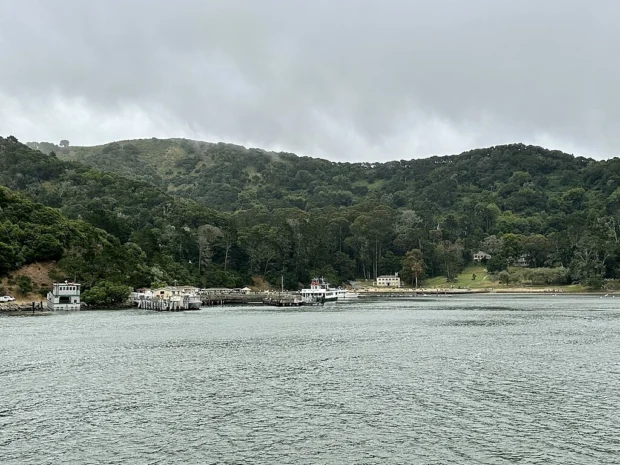
Eating Patterns and Neighborhood Flavors
San Francisco’s culinary scene reflects its multicultural makeup. Head to Chinatown for dim sum served fresh at bustling tables, often packed with local regulars. Around Ferry Building and the nearby Embarcadero, seafood dominance is expected-Dungeness crab and clam chowder in sourdough bowls remain local staples. Don’t overlook the Mission District’s burritos, which many claim are among the best in the country, packed with fresh ingredients and large portions.
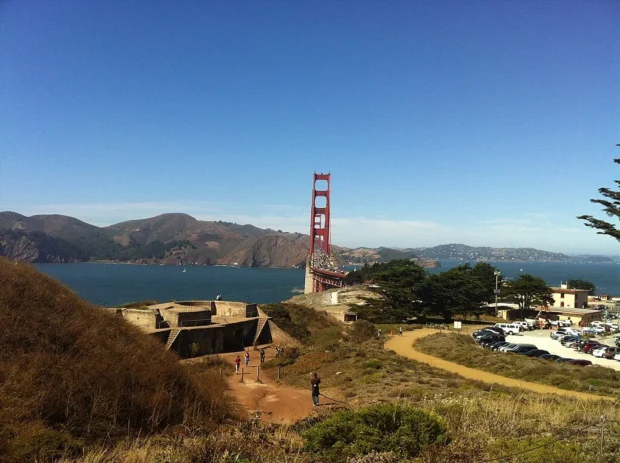
Vegetarian or vegan? The city’s progressive food culture means you’ll find many eateries catering to plant-based diets, often blending Californian freshness with international influences.
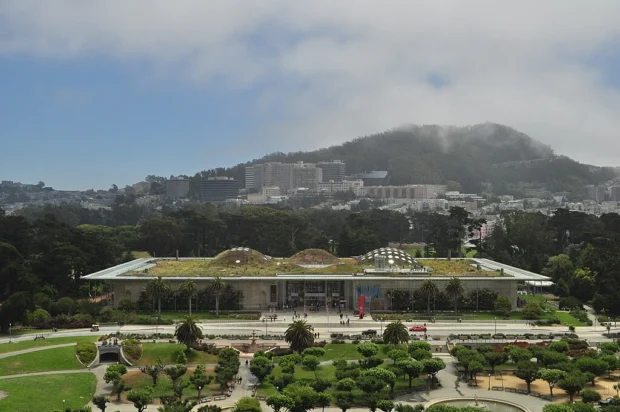
Culture: Notes on Local Customs and Etiquette
San Franciscans tend to appreciate directness but also respect personal space. It’s polite to greet shopkeepers or small vendors with a smile or a brief “Hello.” This small gesture goes a long way in creating positive interactions. Also, always stand on the right side of escalators to allow others to pass on the left-small efficiency gained in daily commutes.
For travelers curious about a vibrant Asian city blending modern life with rich culture, our Kuala Lumpur guide offers a colorful complement to San Francisco’s urban charm.
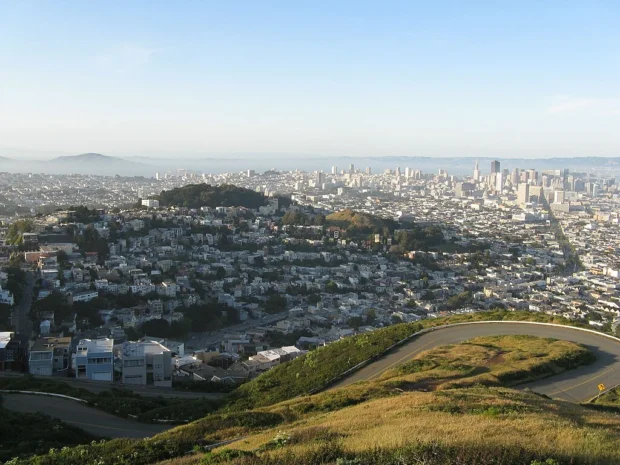
The city embraces diversity; you’ll notice a strong environmental awareness reflected in recycling habits and frequent bike lanes. When visiting religious or historical sites, modest dress is appreciated. In conversation, avoid assuming everyone supports local sports teams-San Francisco’s allegiances are quite split.
Tips for Getting Around San Francisco Efficiently
Besides BART and Muni, consider the city’s bike share programs. Biking is practical for flatter areas near the bay, though hills can challenge the less experienced. Planning your routes with apps that account for real-time transit schedules makes a difference, especially when connecting between different transport modes.
If you want a view from above without walking up hills, ride one of the cable car lines up to Nob Hill or Russian Hill. For foot travelers, the city’s numbering and naming system assists wayfinding: numbered avenues run north-south, while streets often run east-west, although exceptions exist near the waterfront.
Uncommon Facts and Stories About San Francisco
Did you know the city once had a secret underground network? During the 1906 earthquake, some tunnels built for cable cars underneath Market Street served as makeshift shelters. These tunnels are closed to the public but remain a piece of resilient urban history.
Also, the color of the Golden Gate Bridge wasn’t the original choice. Navy gray was proposed, but the bridge’s chief engineer insisted on the vibrant orange to improve visibility for passing ships, especially in foggy conditions. This practical decision turned into the city’s signature look.
San Francisco invites both orderly exploration and spontaneous discoveries. Its mix of efficient transport, layered history, and distinct neighborhoods offer a model of urban design meeting human scale. Whether moving from a ferry to a streetcar or settling in a quiet park, the city’s rhythm invites thoughtful navigation.
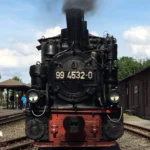
- SF Transamerica full CA by Daniel Schwen on Wikimedia Commons – cc by-sa 2.5
- GoldenGateBridge-001 by Rich Niewiroski Jr. on Wikimedia Commons – cc by 2.5
- San Francisco (CA, USA), Fisherman's Wharf, Pier 39, Sea Lion Viewing Area — 2022 — 185143 by Dietmar Rabich on Wikimedia Commons – cc by-sa 4.0
- Chinatown, San Francisco, California, USA (52448126140) by Domenico Convertini from Zurich, Schweiz on Wikimedia Commons – cc by-sa 2.0
- Pier 39 – July 2025 – Sarah Stierch by Missvain on Wikimedia Commons – cc0
- Palace of Fine Arts (16794p) by Rhododendrites on Wikimedia Commons – cc by-sa 4.0
- Lombard Street, San Francisco, 2022 7 by dconvertini on Wikimedia Commons – cc by-sa 2.0
- Coit Tower, San Francisco – panoramio – Andrew Martin by Andrew Martin on Wikimedia Commons – cc by 3.0
- San Francisco – Union Square from St. Francis Hotel by Roger Wollstadt on Wikimedia Commons – cc by-sa 2.0
- San Francisco Museum of Modern Art, San Francisco by Supercarwaar on Wikimedia Commons – cc by-sa 4.0
- Ayala Cove, Angel Island, Juan de Ayala anchored here in 1775. The cove is currently the site of the Angel Island Ferry landing by Richard N Horne on Wikimedia Commons – cc by-sa 4.0
- Battery At Presidio San Francisco CA. – panoramio by Noah_Loverbear on Wikimedia Commons – cc by-sa 3.0
- California Academy of Sciences from Hamon Observation Tower 01 by Joe Mabel on Wikimedia Commons – cc by 4.0
- San Francisco from Twin Peaks – panoramio by Alen Ištoković on Wikimedia Commons – cc by 3.0
